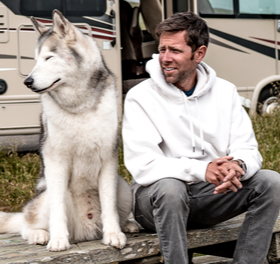Leave No Trace 
Practicing BLM Leave No Trace principles ensures that others can have just as much fun as you did on your trip. Stick to the gravel roads that lead you to spots along the Pony Express National Historic Trail and avoid taking your vehicle off the road. When camping in a BLM area, make sure that you limit the impact your RV has on the land. Try to keep all of your trash and waste contained in your RV. Always use caution when camping around the fire to keep the flames from spreading.




